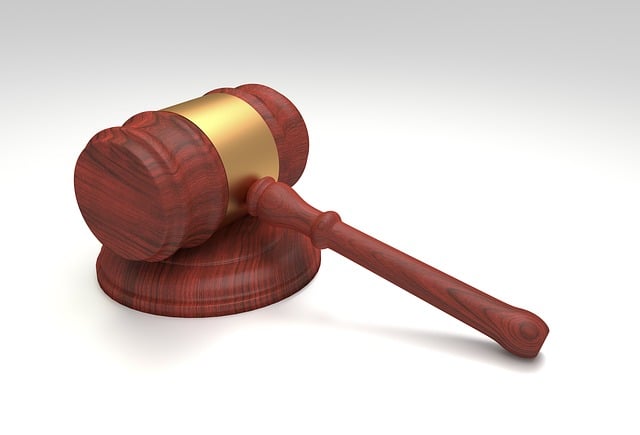Individuals seeking disfigurement compensation must prove they suffered permanent physical harm resulting in visible deformities due to another party's negligence or intentional act. Both adults and minors can file claims, with age-specific considerations, while elder law applies to medical malpractice cases. Consulting a specialized accident lawyer is crucial for navigating legal complexities, gathering evidence, and ensuring fair compensation for physical injuries and emotional distress within strict time limits.
“Disfigurement can have devastating impacts on an individual’s life, leading many to seek legal recourse for compensation. This article delves into the crucial question: who can file a disfigurement compensation lawsuit? We explore the eligibility criteria and navigate the legal process, helping victims understand their rights. Discover who qualifies as a victim, what constitutes compensable disfigurement, and how to take action, ensuring you receive the support and justice you deserve for your unique circumstances.”
- Eligibility Criteria for Disfigurement Compensation Lawsuits
- Who Qualifies as a Victim of Disfigurement?
- Navigating Legal Process for Disfigurement Compensation Claims
Eligibility Criteria for Disfigurement Compensation Lawsuits

When considering a disfigurement compensation lawsuit, it’s essential to understand the eligibility criteria. Generally, individuals who have suffered physical disfigurements as a result of an accident or injury are eligible to file a claim. This includes, but is not limited to, auto accident injuries, where scarring or permanent disfigurements may have occurred due to severe burns, lacerations, or other traumatic events. The key lies in proving that the disfigurement was directly caused by another party’s negligence or intentional act.
In terms of age, both adults and minors can file such lawsuits, but the process may differ slightly with regard to representation and compensation. Elder law principles also come into play if the disfigurement occurred due to medical malpractice or an incident in a long-term care facility. An accident lawyer specializing in disfigurement compensation can guide individuals through the legal complexities, ensuring they receive fair compensation for their injuries and the emotional distress associated with them.
Who Qualifies as a Victim of Disfigurement?

In order to qualify for a disfigurement compensation lawsuit, an individual must first meet the criteria as a victim of disfigurement. This includes anyone who has experienced physical harm resulting in permanent disfigurement, such as scars, burns, or other visible deformities. The extent and nature of the disfigurement play a significant role in determining eligibility for legal action. Typically, cases involving severe or noticeable disfigurements that affect an individual’s appearance and self-esteem have stronger merit.
It’s important to note that establishing a client’s recovery from such incidents is paramount. Documentation, including medical records, photographs, and expert testimony, can serve as compelling evidence in support of a disfigurement compensation claim. Moreover, when investigating product liability or insurance disputes related to these cases, understanding the cause and circumstances surrounding the incident is crucial for building a solid legal argument.
Navigating Legal Process for Disfigurement Compensation Claims

Navigating the legal process for disfigurement compensation claims can be daunting, but it’s crucial to understand your rights and options. The first step is to consult with a qualified lawyer who specializes in personal injury or disfigurement cases. They will help you assess the merits of your claim, gather evidence such as medical records, photographs, and expert opinions, and guide you through each stage of the legal process.
In many jurisdictions, there are strict time limits for filing a disfigurement compensation lawsuit. These deadlines vary, so it’s essential to act promptly. Your lawyer will ensure that all necessary documents are prepared and filed correctly within the allotted time frame. They will also represent you in negotiations with insurance companies or defendants, aiming to secure a fair settlement or take your case to trial if an agreement cannot be reached. This process involves understanding various legal concepts like negligence, damages, and liability, ensuring that your claim for accident compensation or caregiver negligence is robust and has a strong chance of success.
Understanding who can file a disfigurement compensation lawsuit is crucial for those seeking justice and financial support. By knowing the eligibility criteria, individuals affected by disfiguring incidents can navigate the legal process with confidence. If you or someone close to you has suffered disfigurement due to another party’s negligence or intentional act, it’s important to explore your rights and options. With the right guidance, victims can access compensation and support to enhance their lives and heal from both physical and emotional scars, ensuring a brighter future.






